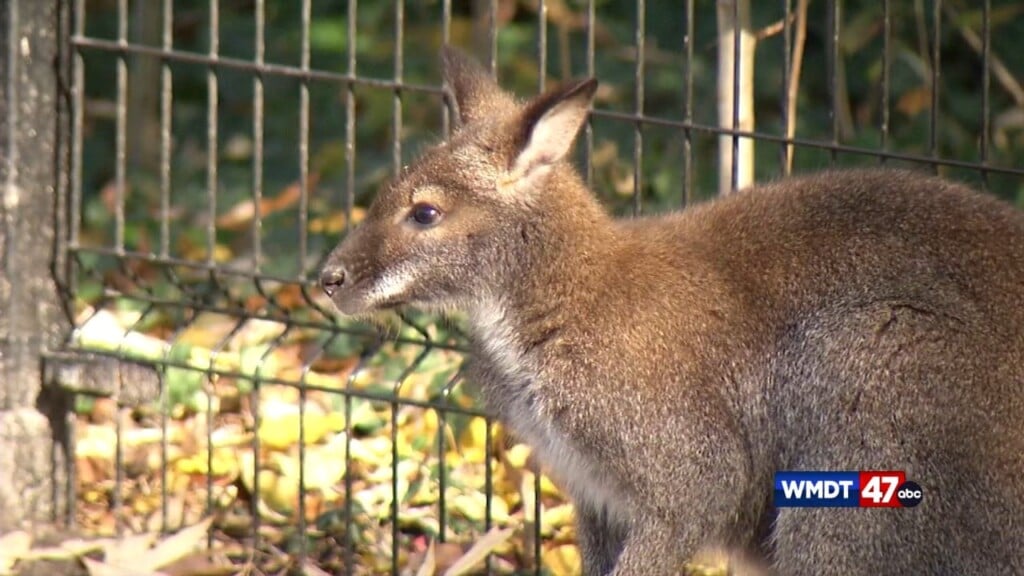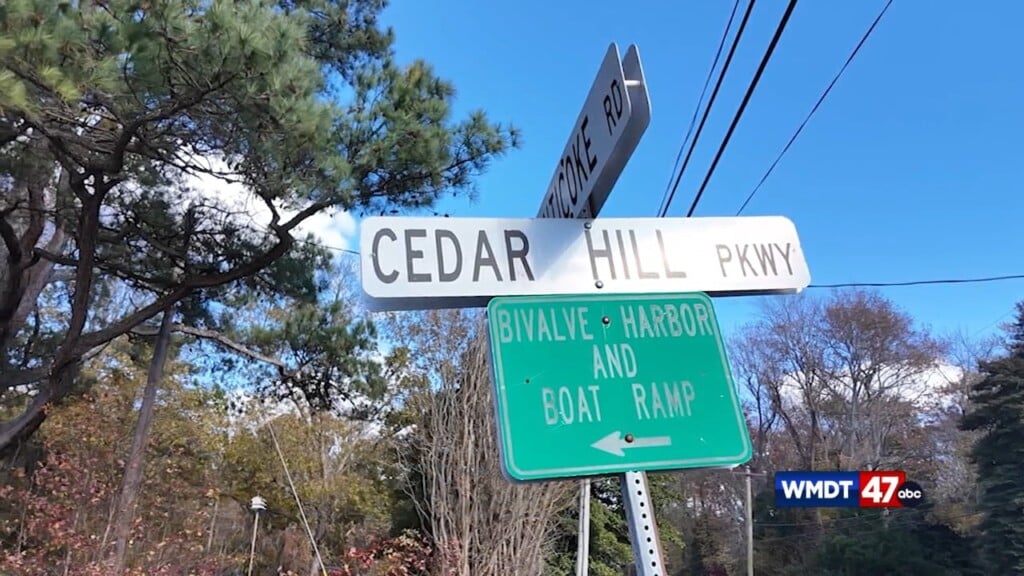NASA tracks Chesapeake Bay water quality with satellite imagery, new algorithm
MARYLAND – Researchers are trying to get a better look at water quality in the Chesapeake Bay by looking down from space. NASA, the Maryland Department of Environment (MDE), and National Oceanic and Atmospheric Administration (NOAA) are teaming up to do just that.
“We’re never going to replace what we sample in the water,” said Stephanie Schollaert Uz, Applied Science Manager at NASA Goddard Space Flight Center and Project Lead. “But, if we can use satellite data to alert them to any potential problems that are developing, then they could go back and collect samples to verify.”
Helping From Above
Schollaert Uz says inspiration from the project was born out of a request for help from MDE. From there, researchers began reaching out to regional water resource managers, other agencies, and higher education institutions. “More and more we’re wanting to use all of that great research and science that we’ve developed, and work with stakeholders for societal benefit,” said Shollaert Uz.
MDE wanted NASA to help them take a look at water quality indicators from above, specifically to help with shellfish bed conservation. Schollaert Uz says MDE’s team can often take a month to go between each testing site because they have so many to keep track of. For that reason, NASA’s eyes from the sky are helping to fill in the gaps.
“They have to go out every month and collect samples of a lot of physical, chemical, and biological variables. So, they’ve got about 600 sites that they monitor, with a limited amount of time to do that,” said Schollaert Uz.
Eyes in the Sky
NASA researchers say the data collection is based off of machine learning; an algorithm that allows computers to take data like satellite images, and teach themselves how to predict water quality trends. While things like nutrient and pollutant levels are not immediately observable by satellite, the imagery can show other factors that indicate the health of the Bay.
“What we can see with our eyes and what satellites can see are phytoplankton blooms, or turbidity, the color of dissolved organic matter in the water,” said Schollaert Uz. “We’re combining all of the visible data and the invisible data like nutrients and pollutants into a machine learning, in the hopes that the machine learning will be able to identify patterns.”
Once those images are collected, they can be used to cross reference samples taken directly from the water.
“We could actually go out and collect water samples and bring them in. Then, we can look at the satellite information that coincides with those time frames,” said Troy Ames, Project Co-Investigator and Computer Engineer at NASA’s Goddard Space Flight Center. “If that turns out to work, then we can start expanding that to other coastal water areas. But, the Chesapeake Bay is sort of a good testing ground for us.”
Working Around Challenges
Though the new technology is promising, Ames says it does not come without its own issues. He says because satellite imagery is a visual medium, the quality of the visible data can be left to the whim of weather patterns and available technology.
“There are a lot of satellite images that cover large land areas and things like that. But, since we’re looking specifically at the water, it constrains us to smaller areas, with cloud cover,” said Ames. “A lot of the older satellites that have a lot more data tend to be lower resolution, both in size of pixels and also for the number of channels or wavelengths that they cover.”
However, the beauty of this project, says Ames, is that the tools available are only expected to improve.
“Future satellites are going to providing us a lot more data. So, I think the problem is solvable,” said Ames. “It’s something that has a lot of potential in the future for remotely looking at water quality, and potentially for saving a lot of time and money for local governments and decision making relative to how they manage water resources.”
Schollaert Uz says upcoming missions are expected to feature satellites with higher imaging capabilities. She says as technology improves, and time goes on, the value of this data will only grow.
“Our upcoming satellite missions are going to be much more refined resolution. It’s called hyperspectral,” said Schollaert Uz. “The hope is that all of that extra resolution and spectral wavelengths will allow nuances to be detected. At NASA, our big mission is to explore. We explore the universe, and we explore Earth. Our Earth observing satellites have really revolutionized our understanding of Earth as a system and how it functions.”
Building Partnership
NASA researchers say teaming up with other agencies to observe water quality from the ground and the heavens is crucial in protecting the United States’ largest estuary.
“When we want to bring it home, and really get practical value from all that knowledge, we need to work with these resource managers who are there on the ground, interacting day to day with aquaculture,” said Schollaert Uz.
47 ABC reached out to the MDE for their take on how the project will help their efforts. The agency sent back a statement reading:
“The Maryland Department of the Environment supports the use of the best available science for clean water progress and the protection and restoration of the Chesapeake Bay. The department is proud to team up with NASA and NOAA on the creation of new software to help identify water quality issues. With climate change bringing wetter weather and the potential for increased storm water runoff, the time is right for this new technology to complement MDE’s monitoring programs, including those for swimming at beaches and for ensuring shellfish are harvested from waters that are not polluted.”


